If you’re a business owner or author of non-fiction books, read on to find out how Siân Smith, can help your words sparkle and grab and keep the attention of your readers through proofreading and editing.
What I offer as a non-fiction proofreader and book editor
I’ve wanted to work in publishing since I went to university. My first job straight after graduating was proofreading a gemstone encyclopedia for a local company, where I then worked for 14 years in various roles within the business-to-consumer (B2C) sector.
During that time, I was always the one asked to proofread any other books we published in-house, as well as blog posts, mailers, catalogues, etc. Then, in 2022 I decided to launch my own editorial business so I could proofread and edit full-time.
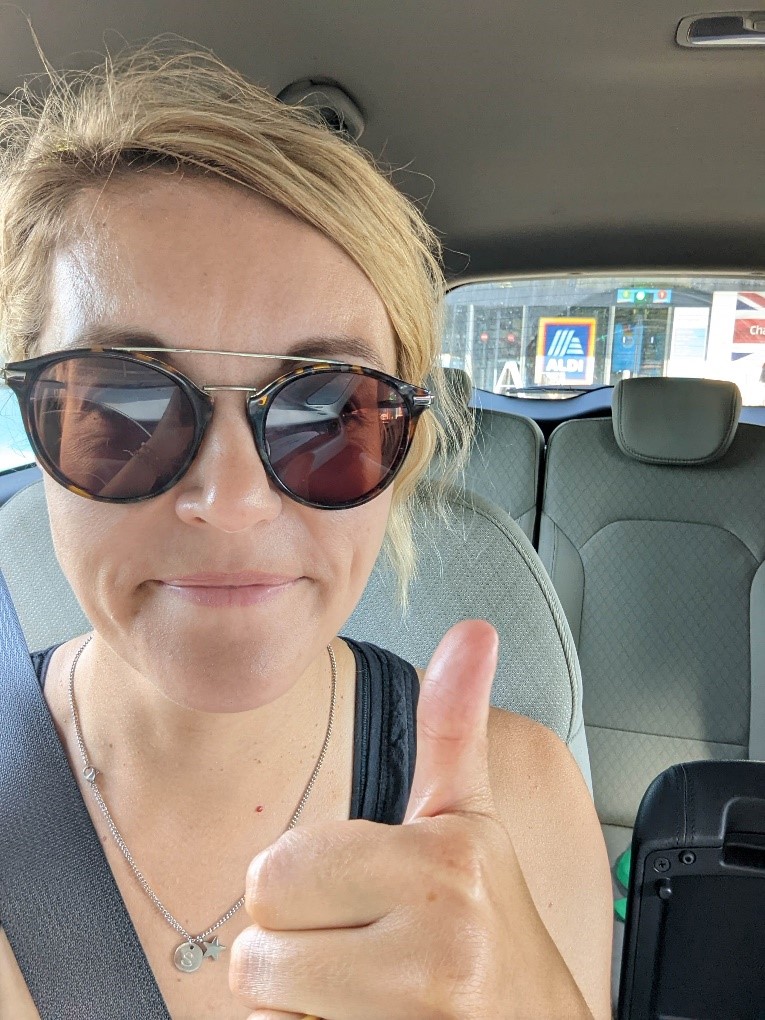
My main motivation for launching my own proofreading and copyediting business was so I could work with more women authors and business owners. Although I had 14 years’ editing experience from the several non-fiction books published during my employed roles, I spent the first half of 2022 gaining some official proofreading qualifications. My personal experience and passion for mental health and wellbeing made it easy for me to identify my specialist subjects, which include women’s health, disordered eating, intuitive exercise, and personal development.
The extensive experience I gained in e-commerce means that I am well-versed in aspects such as SKUs, product descriptions, blog posts, and customer communication, which is why I offer my services to business owners as well as authors.
What do I proofread?
In its broadest terms, I proofread and edit any non-fiction written content:
- Business books
- Blog posts
- Web content
- Health and lifestyle books
- Training manuals
- Consumer manuals/instructions
- External and internal communications
- Digital resources
- Catalogues.
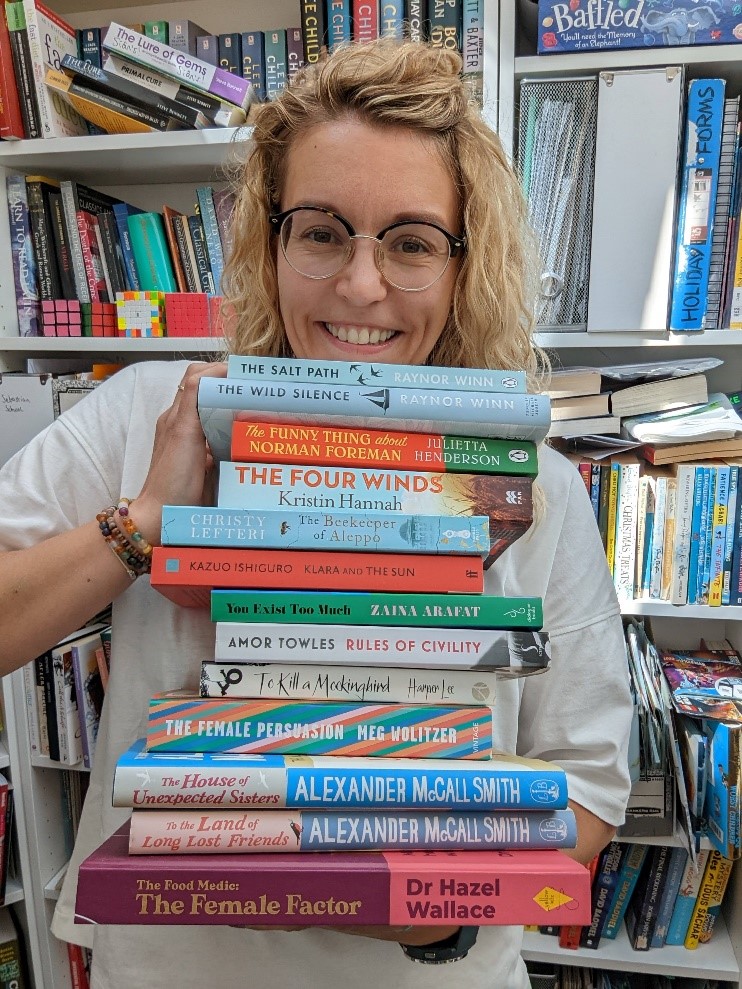
I split my services between proofreading for business owners and as a book editor. There is plenty of crossover between these two areas of my business, but I’ve found that companies and entrepreneurs favour proofreading services and authors are looking for editing (which is usually more in-depth to help shape their voice and book).
Proofreading for business owners
When any business produces written content, it needs to be error-free so that the message or service communicated to their customer or client is clear. Errors in written content can cause confusion and put people off buying your product or using your services.
Proofreading is the final quality check, ideal for any written piece in its final format, ready for launch or print. Rather than improving the writing, it is all about spotting and amending errors such as:
- typos, spelling and grammar
- inconsistencies with typefacing
- monotonous or conflicting word usage
- inconsistent style presentation
- inconsistent font types, header styles, table layout etc.
Proof-editing – what’s that?!
Many business owners are after someone who can proofread their work and also ‘make it better’, which incorporates changing some of the wording. In our editorial circles, we refer to this as proof-editing. Think of it as one step up from proofreading. You’re still on a tight schedule, but there’s time to include a little re-wording. Think of it as a light edit where the focus is still on removing any errors, but paying more attention to the actual language used.
This is an ideal service for blog posts, newsletters, or any form of written content where there’s a lot of information to relay, or if story-telling is an important aspect of your brand.
As well as the proofreading remit detailed just above, proof-editing would include:
- using a greater range of vocabulary
- highlighting factual inaccuracies
- raising queries on your meaning
- improving clarity on long or confusing sentences.
Essentially, proof-editing is a hybrid of proofreading and copyediting, and it’s normally what most businesses mean when they say they need a proofreader. Of course, me saying it’s a combination of proofreading and copyediting is no use to you if you’ve never heard the term copyediting (which is true for most people outside of the publishing world). I explain this term in the next section about my services for authors, as copyediting tends to be used by authors more than businesses.
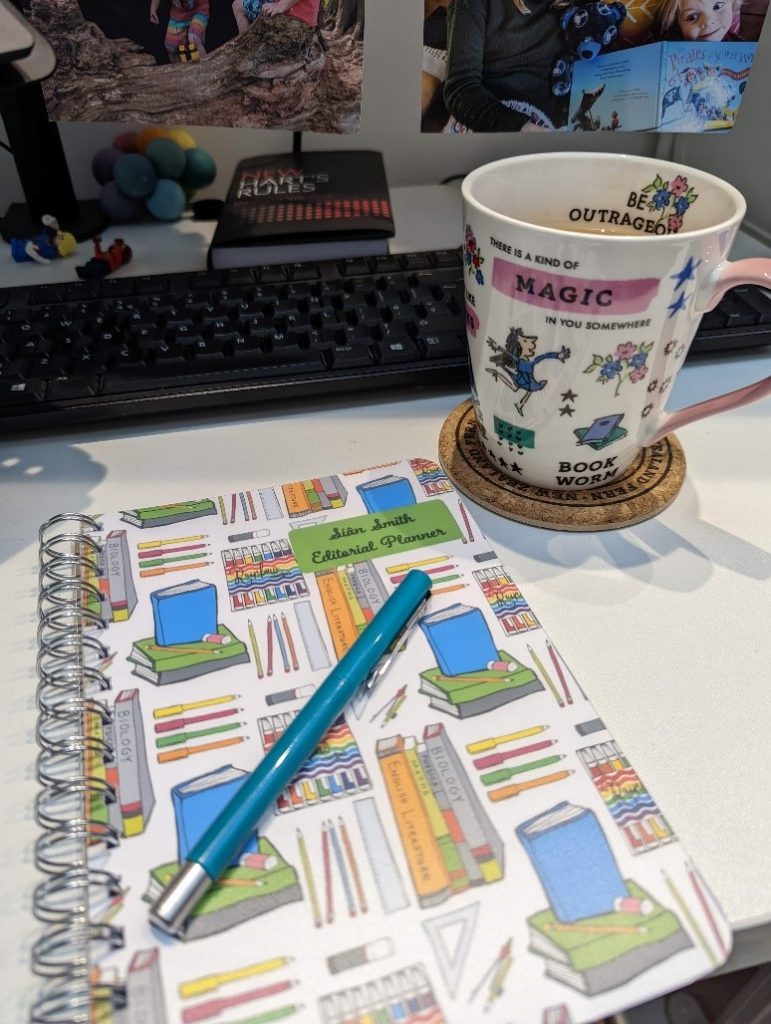
The editorial process for authors
I predominantly work with self-publishing authors. In the last decade, self-publishing has really taken off, with more and more authors deciding to self-publish rather than pursue getting their book published through a literary agent and publishing house. Ideally, self-publishing authors would follow the same stages from final draft to published book found in publishing houses:

While self-publishing authors have more control over their work and marketing of their work, they also have to pay for everything themselves. Understandably, this means they have to choose which of these stages to use if their budget means they can’t utilise all of them.
My editing services for authors
I offer manuscript appraisals, copyediting, and proofreading for non-fiction authors. As detailed in my introduction, my specialist subjects centre on health and wellbeing, especially those experienced and told by women. If you asked to use me for all three editorial services (manuscript appraisal, copyedit, and proofread) you may be surprised to hear that it would be best if I didn’t proofread your book in its final format: by this point, you need a fresh set of eyes on it! It all comes down to your own personal budget and spare time as to which of the three services offered you decide to use.
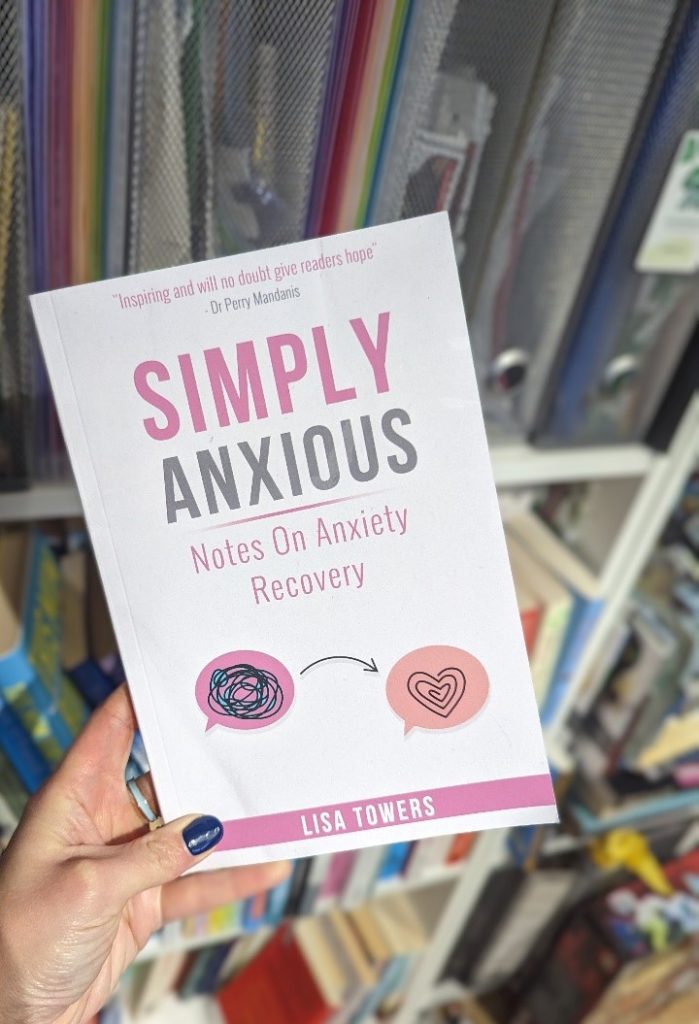
Manuscript appraisal
My first involvement in the publishing process is with a service called a manuscript appraisal. My manuscript appraisals look at the book in its entirety; in its current but complete draft. Authors who need support finishing their book or fleshing out certain aspects of their book need to look for a book coach or developmental editor.
Once an author has a final version of their manuscript (having revised it a few times, sent it to family, friends, or beta readers for feedback and incorporated that feedback) many then pursue a professional opinion on their work before a single word is edited or changed by a copyeditor. In a nutshell, a manuscript appraisal is akin to a detailed book report.
Although it’s not as comprehensive or as in-depth as a developmental or structural edit, my manuscript appraisal service would look at:
- the whole picture
- readability and relevance of the book (pinpointing your ideal reader)
- pacing of the whole book and each chapter
- parts which need expanding
- what I love about your book
- any parts or ideas that could be deleted
- reliance on crutch words/repetition
- highlighting any possible copyright considerations
- thoughts and advice on formatting (for example if your manuscript includes reader exercises or letters).
What’s the difference between a manuscript appraisal and developmental edit?
As you would expect, I read the whole manuscript (I love this part of my job: being the first person to read this book!), then create a manuscript appraisal report. When I was doing my market research on the difference between manuscript appraisals and developmental edits, most companies stated that they do NOT give any feedback on a chapter-by-chapter basis in a manuscript appraisal; that’s something you’d only find in a developmental edit. However, I tend to structure my manuscript appraisal reports with an overview followed by chapter-by-chapter summaries and thoughts; this helps me illustrate my feedback on your book and clarifies the relevance of one chapter to another as well as how that chapter relates to the book as whole.
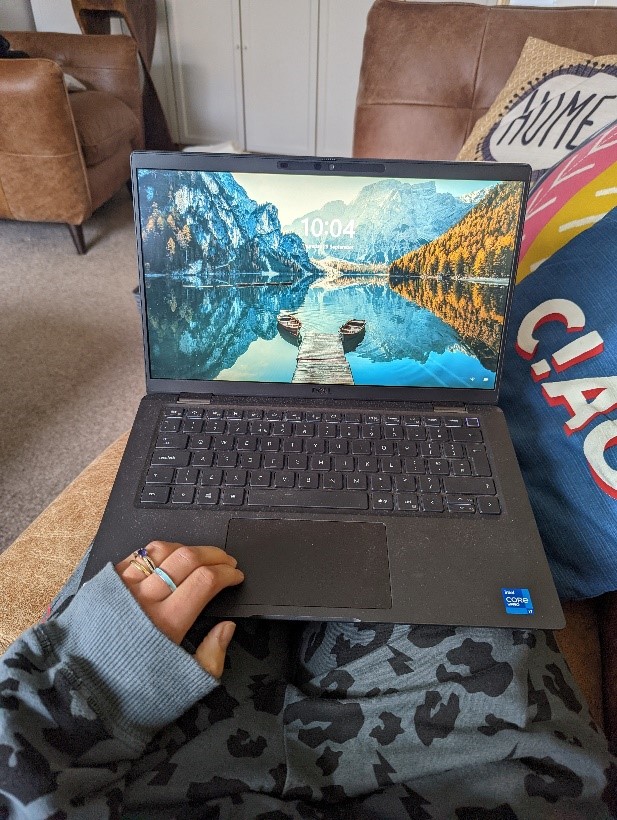
My copyediting and manuscript appraisal services both include video handover calls. I find it so helpful to go through the report via screenshare on certain aspects I might feel need clarifying. This is particularly important if there are confusing aspects of the book that can be cleared up with a conversation, rather than via numerous emails or WhatsApps.
It’s important that authors go through their manuscript appraisal reports carefully and reflect on any suggestions made. Although, of course, I can identify strengths and weaknesses in your book, these are only ever offered as suggestions. YOU remain the author of your book and if you can’t imagine your book without a section or chapter I’ve suggested you remove, or reduce, then of course you can keep it as it is!
Once you’ve made the changes you agree with, it’s time to start copyediting.
What is copyediting?
Copyediting is one of my most popular services for authors; it’s what most people think of when they are looking for someone to edit their book.
Copyediting is not copywriting. Copywriting is writing content or copy from scratch; copyediting edits written content. This is something I often have to clarify when if I tell people I’m a copyeditor or they see copyediting mentioned in my bio (it’s why I’ve recently changed my job title from ‘copyeditor and proofreader’ to ‘book editor and proofreader’).
It’s the stage before proofreading. This is when I look at your manuscript and amend it line by line. In the publishing world, some publishers or copyeditors like to differentiate between copyediting and line editing, but I tend to apply a blend of both (which many other copyeditors do, too). When you ask me to copyedit your book, it’s more than likely this is the first time someone will start to edit the actual words.
Copyediting includes aspects of proofreading, but also focuses on the language style and mechanics of your book, such as:
- typos, spelling, and grammar
- inconsistent use of font types, header styles, table layout
- issues with clarity, fluency, and readability of text
- adhering to or creating a style guide
- repetition or monotonous style
- thinking about your target audience
- fact and reference checks (including any potential copyright concerns).
My copyediting process
I start by reading through the whole manuscript, highlighting any errors I spot on the way. This read-through is more to get a sense of the whole piece and really get to grips with your style and authorial voice: it lays the groundwork for your style sheet. Then, with a basic style sheet in place I run a few pre-editing checks with some specific editorial programs. Only then is it time to start editing!
The style sheet is an organic document, which means it gets updated throughout the editing process as and when inconsistencies arise. Once I’ve made the editorial changes I will read through the whole document again: both to catch any errors missed the first time round and to make sure I haven’t introduced errors with my own amends (even editors make typos!).
Before I return the manuscript at the end of each revision round we always have a handover call. It’s important that I go through your edited manuscript with you online, because seeing all the changes and red lines (via Track Changes on Word) can feel daunting and disheartening. I like to reassure authors that it may look like there are countless amends, but many of these changes will include formatting such as style changes, or simple fact-checking. Plus, it’s often helpful to go through queries I’ve raised during a video call rather than exchanging emails or WhatsApp messages further down the line.
Some authors opt to book in an additional copyediting round: this could be a further copyedit of the whole book or just one chapter you’ve decided to tweak after working through my queries. Any additional rounds of copyediting are offered with a 20% discount (since there’s less onboarding to do). Once you’re happy you’ve gone through enough copyediting rounds, it’s time to get your book formatted and then (ideally) proofread before you hit print!
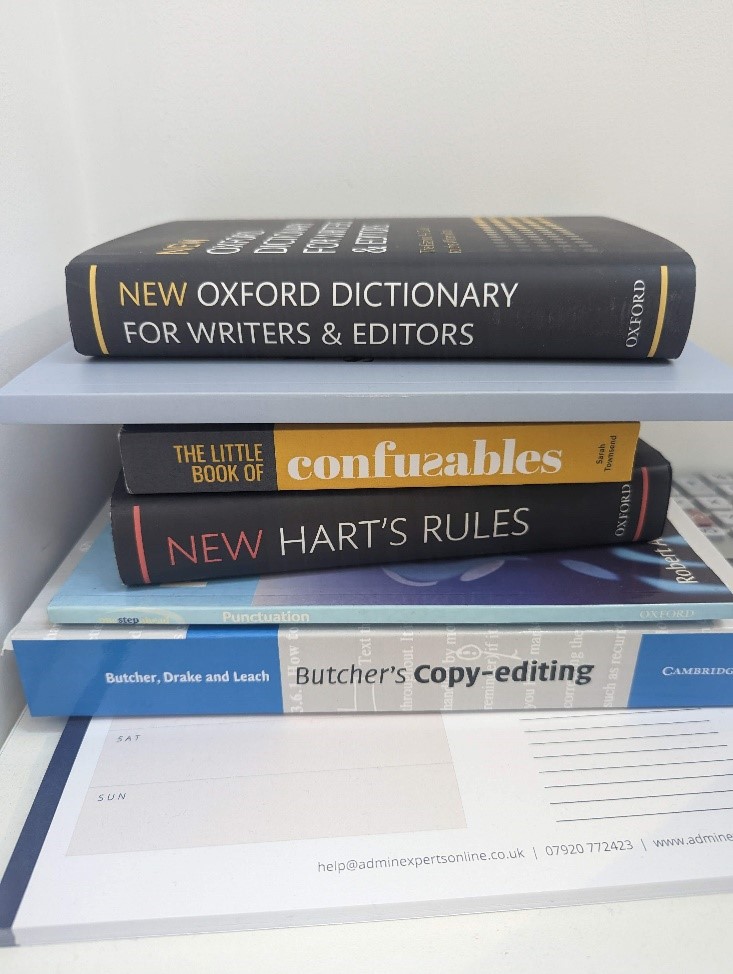
Proofreading for authors
The process of proofreading for authors is similar for proofreading for business (amending errors such as spelling, typos, grammar, plus looking out for repetition or incongruous word usage) but there are different steps to consider too.
When proofreading a book, we’re also checking:
- chapter headings (do the titles from the content page match the chapter titles in the book?)
- consistency with formatting (such as headers and subheaders)
- pagination (are the page ranges on the contents page correct? Are the page references given in the book accurate?)
- correct sequence for table and illustration numbers
- image captions.
And of course, other considerations unique to your book.
What I love most about my editing job is that I get to spend all day reading and editing. I’m fascinated by the various ways you can talk about the same subject matter; what changes is the voice behind it. This is what makes editing both a technical and creative process: while there are spelling and grammar conventions in place, sometimes the right call is to break the grammar rule, because it makes it sound more like YOU or it’s what YOUR reader would expect.
Whether I work with business content or a full manuscript, I love getting to know the voice and style behind the brand or book. It’s such a satisfying job to know I’ve helped you produce something you’re proud of.
So whether it’s a 500-word blog post or a 100,000-word book, I can’t wait to get involved!

You can find out all about Siân’s services from her website or get in touch to find out how she can help.
Head over the the blog section to read about more inspiring business owners.

0 Comments